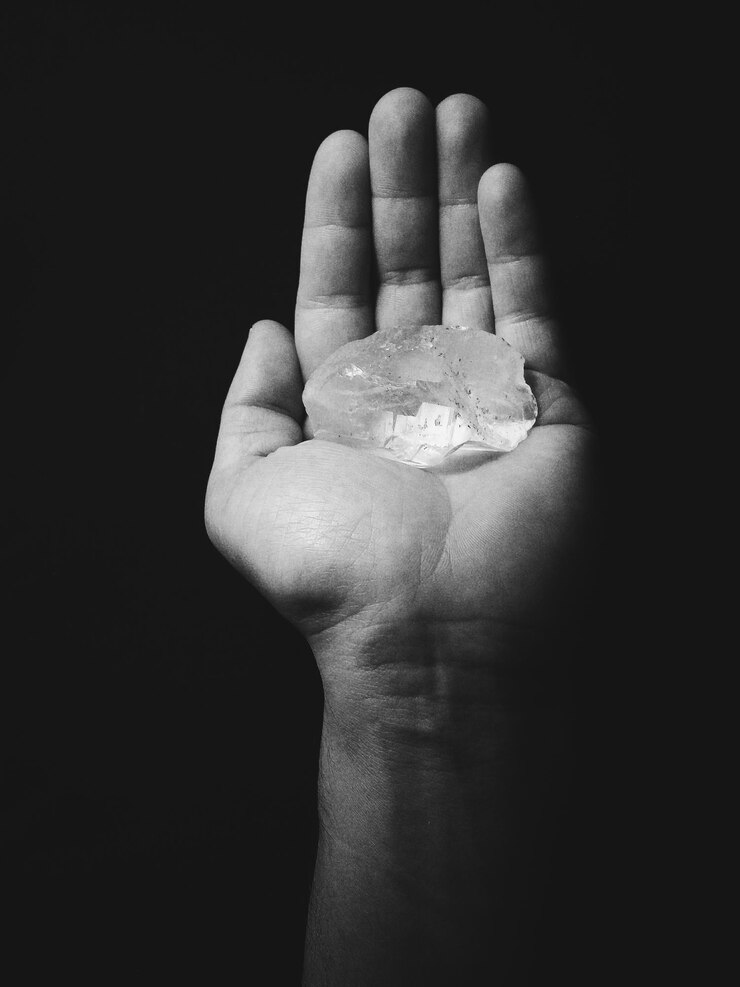We use our hands for almost everything — from the moment we wake up and switch off our alarm to the second we brush our teeth before bed. Whether it’s lifting groceries, typing a message, cooking dinner, or holding a loved one’s hand, our hands are at the centre of daily life. So when something goes wrong — pain, weakness, or loss of movement — it can affect not just how we function, but how we feel.
Injuries, age-related conditions, repetitive strain, or chronic issues like arthritis can all lead to a decline in hand strength and mobility. And while we often learn to “put up with it” for longer than we should, there’s a lot that can be done to restore hand function and get back to living confidently. From targeted therapy to options like hand surgery Perth specialists provide, there’s a whole spectrum of care designed to restore strength where it matters most — in your hands.
Let’s look at why hand strength matters, what can cause it to decline, and what modern treatments can do to help you regain control, movement, and comfort.
Why Hand Strength Is So Important
Hand strength isn’t just about gripping a dumbbell or opening a jar. It’s a complex combination of muscular control, joint flexibility, and fine motor skills that allows us to do thousands of precise movements every day. When hand strength is compromised, even small tasks — buttoning a shirt, holding a coffee cup, or signing your name — can become difficult or painful.
Strong, healthy hands are also closely tied to independence. For people recovering from injury, managing chronic conditions, or ageing into their later years, maintaining or restoring hand strength means maintaining quality of life. It’s not just about physical ability — it’s about confidence, dignity, and autonomy.
Common Causes of Hand Weakness
Understanding the underlying cause is the first step to effective treatment. Hand weakness can stem from a range of issues, including:
1. Injury or Trauma
Broken bones, tendon lacerations, dislocations, or crush injuries can lead to long-term weakness if not treated properly. Even after healing, scar tissue or nerve involvement can limit movement or strength.
2. Repetitive Strain Injuries (RSI)
Typing, writing, using tools, or playing instruments for extended periods can strain tendons and muscles, leading to chronic inflammation (like in carpal tunnel syndrome or tendonitis) that reduces grip strength.
3. Arthritis
Both osteoarthritis and rheumatoid arthritis can cause joint damage, stiffness, swelling, and weakness in the hands. Over time, the pain and limited movement often cause people to use their hands less — which only worsens the problem.
4. Nerve Conditions
Compressed or damaged nerves — particularly the median, ulnar, or radial nerves — can lead to loss of sensation, coordination, and muscle function in the hand. Common conditions include carpal tunnel syndrome and cubital tunnel syndrome.
5. Post-Surgical or Post-Cast Stiffness
After a hand or wrist is immobilised due to surgery or injury, it often takes time and effort to rebuild both flexibility and strength.
The Path to Restoration: From Diagnosis to Recovery
Getting to the root of the problem starts with proper assessment. A qualified hand specialist or occupational therapist will assess grip strength, range of motion, joint stability, and pain levels — as well as how your hand function affects your everyday activities.
Depending on the diagnosis, your treatment plan may include one or a combination of the following:
1. Hand Therapy
Hand therapy is a specialised form of rehabilitation focused entirely on the function of the hand, wrist, and forearm. Therapists use tailored exercises, splinting, heat/cold therapy, and manual techniques to help reduce pain and restore movement. Strengthening exercises target specific muscle groups to build endurance and restore grip and pinch power.
2. Ergonomic Adjustments
For those dealing with repetitive strain injuries, small changes to tools, keyboards, or daily habits can make a huge difference. Occupational therapists often assess how you use your hands throughout the day and recommend practical modifications that protect your joints and reduce strain.
3. Anti-Inflammatory Strategies
Managing swelling and inflammation is often a key part of restoring strength. This might include medication, compression, contrast baths, or activity modification — all aimed at calming irritated tissues so they can begin to function properly again.
4. Surgical Options
When conservative treatments don’t provide enough relief — especially in cases of severe arthritis, tendon rupture, or nerve compression — surgery may be the best path forward. Procedures may include tendon repair, nerve release, joint fusion or replacement, or removal of damaged tissue. Surgery is typically followed by hand therapy to maximise recovery.
Measuring Progress: What Does “Strength” Really Mean?
Restoring hand strength doesn’t always mean returning to your previous maximum grip force. It means regaining the ability to do what you need to do — whether that’s lifting your grandchild, playing an instrument, or gardening without pain.
Therapists often measure:
- Grip strength (overall squeezing power)
- Pinch strength (used for holding keys or picking up coins)
- Dexterity (fine motor tasks like buttoning or typing)
- Endurance (ability to use your hands throughout the day without fatigue)
Improvements in these areas — even small ones — can make a big difference in how confident and independent you feel in your day-to-day life.
Don’t Wait Until It’s “Bad Enough”
One of the most common delays in treating hand issues is the belief that it’s “not bad enough yet.” But hands are complex, and the earlier you intervene, the better the outcome tends to be. Small aches or minor weakness can easily progress into chronic pain or long-term loss of function if left unaddressed.
If you’ve noticed:
- Trouble gripping objects securely
- Tingling or numbness in your fingers
- Pain when using your hands
- Reduced coordination or dropping items
- Difficulty with daily tasks
… it’s worth getting checked. Early intervention doesn’t always mean intensive treatment — sometimes it just takes a few targeted exercises or small changes in routine to get things back on track.
Our hands are tools, communicators, connectors. They carry, comfort, and create. Restoring hand strength isn’t just about muscle — it’s about giving people back their freedom, their hobbies, and the confidence to use their hands without fear or frustration.
Whether you’re managing a condition, recovering from injury, or simply noticing changes with age, there’s support available — and it starts with recognising the value of your hands and taking the steps to care for them.











